The capillary Suction Time has been used since the 1970's as a quick and reliable method for characterising sludge filterability and conditionability.
It is sludge filterability that predominantly governs the output of nearly all dewatering equipment including: drying beds, belt press, vacuum filters, filter presses and centrifuges.
The capillary suction pressure generated by standard filter paper is used to "suck" water from the sludge. The rate at which water permeates through the filter paper varies depending on the condition of the sludge and the filterability of the cake formed on the filter paper. The CST is obtained from two electrodes placed at a standard interval from the funnel. The time taken for the water front to pass between these two electrodes constitutes the CST.
The force generated by capillary suction is much greater than the hydrostatic head within the funnel, so the test is independent of the amount of sludge tested, as long as there is sufficient to generate the CST. Each test can be completed in a few minutes.
The model 304M CST is a replacement for the model 165CST. The lectronics has been improved and the mechanical counter replaced by a LCD. The unit has been designed and tested to comply with European and USA EMC standards.
The mains input supply can be set for either European or USA standards. This unit is now the basic laboratory CST test equipment.
Specifications
- Case dimensions: 22 x 16 x 7 cm
- Each unit comprises of CST meter, Perspex block assembly and stainless steel funnels
- Box of 200 filter papers
Also Available
- Model 304B - Portable CST unit similar to the 304M in capability
- Model 131/133 - Stirrer/Timer unit used to comply with European testing standards
- Filter paper - supplied in boxes of 200, batch traceable for reliability




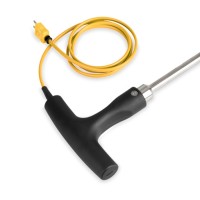
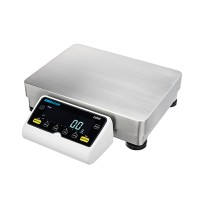
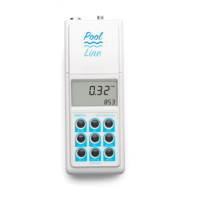
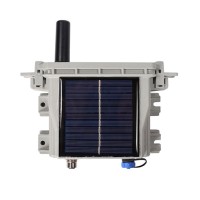
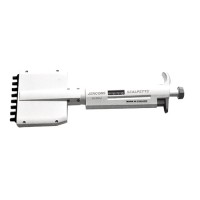



Can we help you?
min 10 ch